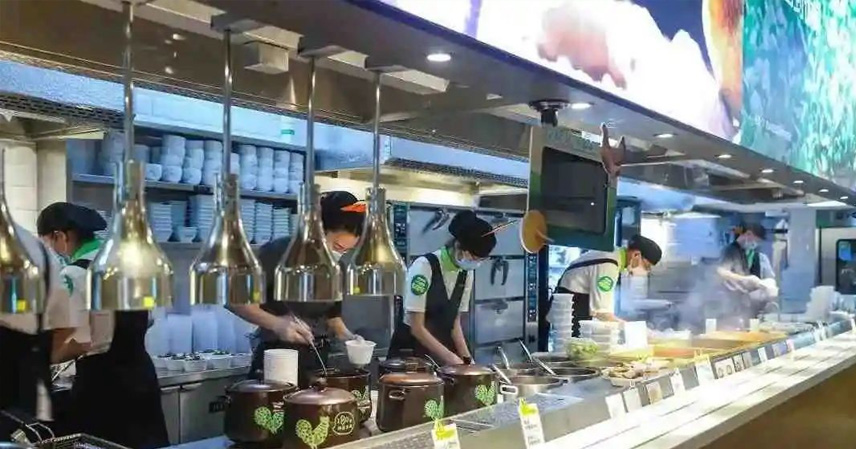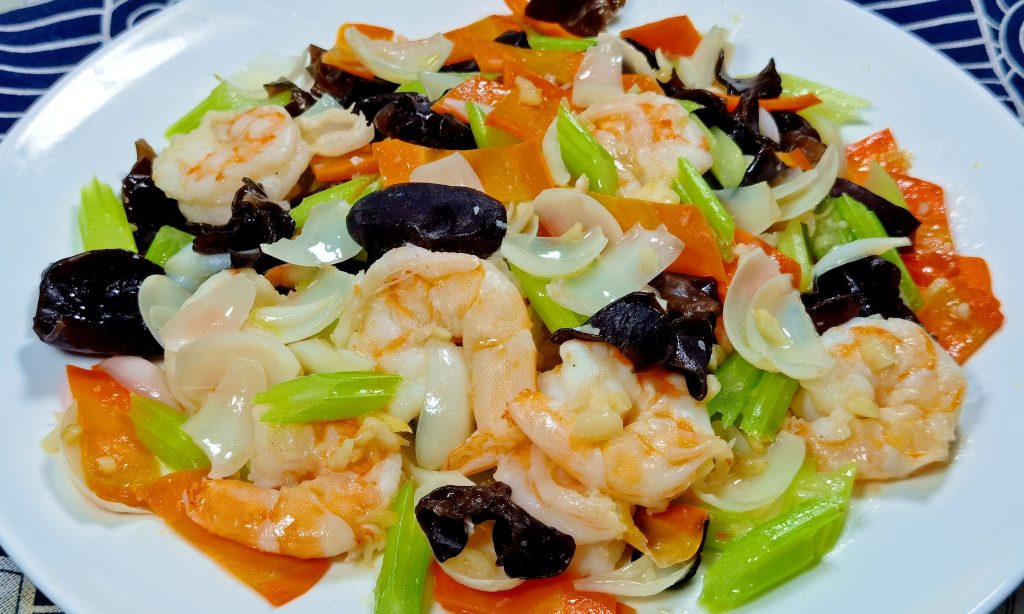The Chinese fast food market is dominated by Chinese-style quick meals, such as rice, noodles, and home-style dishes, which accounted for a market size of 809.7 billion yuan in 2023, growing by 7.5% year-on-year. These meals hold a significant share of 60.9% of the Chinese fast food market and 14.5% of the overall restaurant industry.
Laoxiangji is the largest player in China’s Chinese fast food sector, with a transaction volume of 7.2 billion yuan in 2024, holding a market share of 0.9%. The brand leads in metrics like daily sales per store and table turnover rate, ranking first among the top five fast food chains. Although its market share is modest, Laoxiangji is currently ranked eighth in China’s fast food industry.
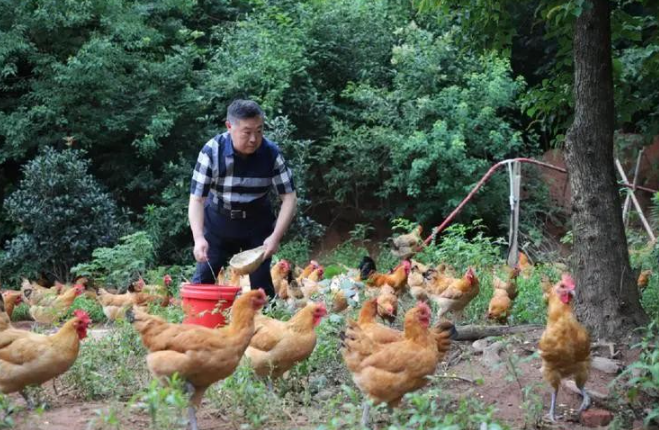
Founded in 2003, Laoxiangji is headquartered in Hefei, Anhui. It is the only Chinese fast food brand to have established a full industrial chain, covering breeding, procurement, processing, storage, logistics, and restaurant service. The company operates three self-owned chicken farms in Anhui, two central kitchens in Shanghai and Hefei, and eight distribution centers across the country.
The Story of Laoxiangji’s Founder
The story of Laoxiangji is closely tied to its founder, Shu Congxuan. Born in 1962 in a rural family in Feixi County, Hefei, Shu started his career in the poultry industry in the 1980s. Using the 1,800 yuan his parents saved for his marriage, he purchased 1,000 chickens to begin his poultry business. He focused on raising the Feixi native chicken, a breed known for its high quality, and gradually became the largest poultry farmer in Hefei, with a monthly output of over 600,000 chickens and annual profits between 3 million to 5 million yuan.
By the early 2000s, recognizing the limitations of relying solely on traditional poultry farming, Shu shifted his focus to the fast food industry. At the age of 41, he opened his first fast food restaurant in Hefei, offering chicken soup and dishes centered around chicken. This unique offering, focusing on “local chicken” flavors, quickly gained traction, and within seven years, he opened more than 130 stores across Anhui. In 2012, the brand officially changed its name to Laoxiangji.
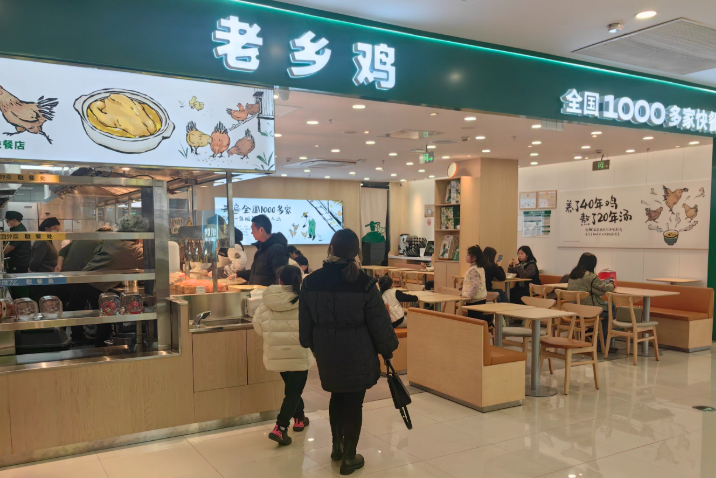
National Expansion and Modernization
In 2016, Laoxiangji began its expansion outside Anhui, entering markets such as Wuhan and Nanjing, and by 2020, the brand adopted a franchise model to accelerate growth. It now operates a network of both company-owned and franchised stores.
Shu Congxuan is known for his down-to-earth leadership style, often calling himself the “most rustic entrepreneur” in China. His unconventional methods, such as tearing an employee petition on video and holding “200 yuan rustic product launches,” have earned him widespread attention. These actions helped cement Laoxiangji’s unique brand identity and strengthened its connection with customers.
In July 2023, at the age of 62, Shu retired and handed over the reins to the next generation. His son Shu Xiaolong, along with his daughter-in-law Dong Xue and daughter Shu Wen, took over the leadership. Shu Xiaolong, who holds a bachelor’s degree in business management from Kent State University in the U.S., has since led the company into management innovation and digitalization, solidifying Laoxiangji’s position as the leader in China’s Chinese fast food industry.
Performance and Growth
In the past three years (2022-2024), Laoxiangji’s revenue has grown consistently, from 4.53 billion yuan in 2022 to 6.29 billion yuan in 2024. In the first four months of 2025, the company reported a 9.84% year-on-year growth in revenue, reaching 2.12 billion yuan, with a 7.3% increase in profits. As of April 30, 2025, Laoxiangji operates 1,564 stores, including 911 company-owned and 653 franchised locations, covering nine provinces and 58 cities across China.
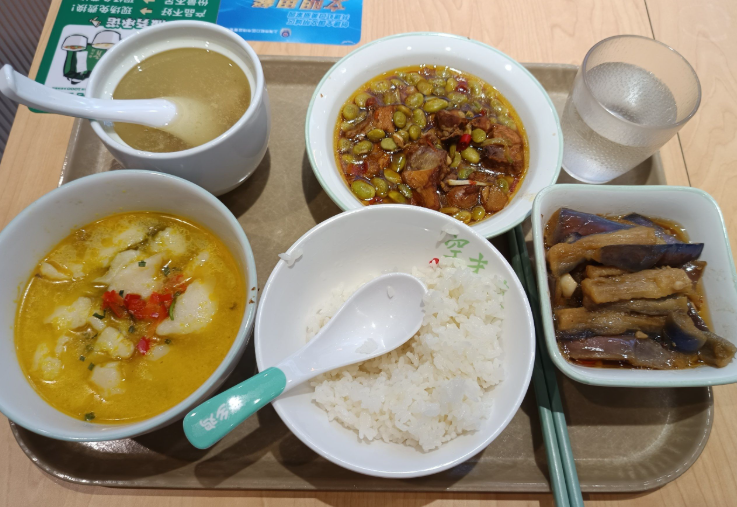
The Chinese Fast Food Market’s Future
According to Zhuoshi Consulting, the Chinese Chinese fast food market is expected to grow to 1.21 trillion yuan by 2029, with a compound annual growth rate (CAGR) of 8.3%. Compared to the 67.9% chain penetration of Western fast food, Chinese fast food has only reached 32.5%, indicating significant room for growth. While the top five Chinese fast food brands control only 3.6% of the market share, Western fast food brands dominate with 50.8% of the market share. This suggests that the market is ripe for consolidation, and Laoxiangji stands to gain a larger share.
Challenges Ahead
Despite its dominant position, Laoxiangji faces several challenges. The company’s presence is still heavily reliant on the East China market, with nearly 50% of its stores located in Anhui. National expansion remains a key goal, with a need for more penetration into new regions. Additionally, as the number of franchised stores increases, maintaining strong brand control becomes increasingly difficult, requiring constant innovation in management systems and quality assurance.

